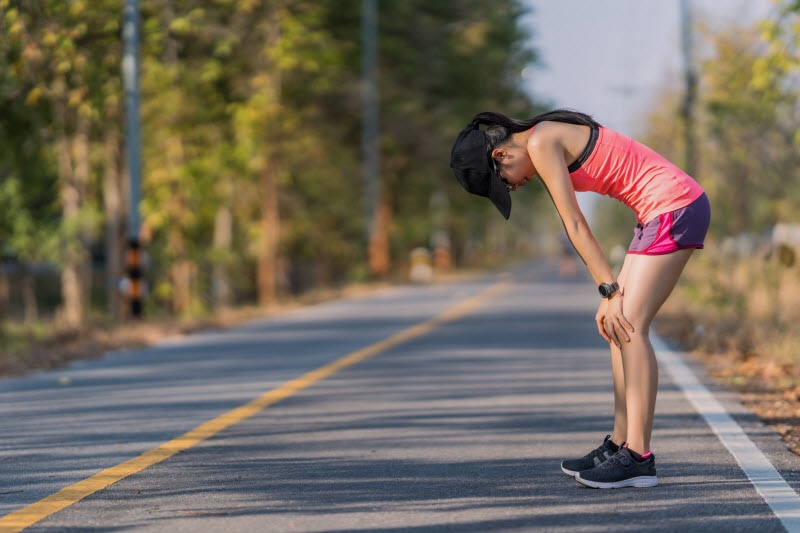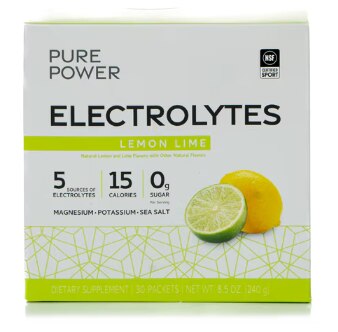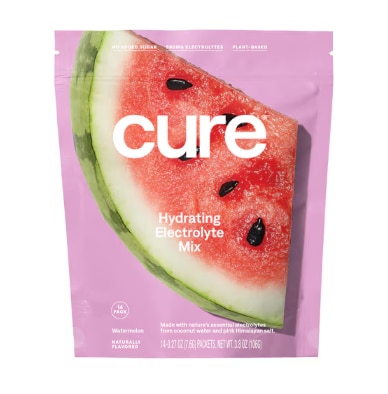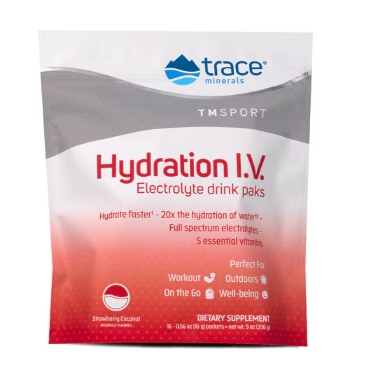The summer months provide ample daylight and attractive weather for getting out and being active. The leisurely feel of these months creates space for re-igniting hobbies, sports and fun outdoor activities that get your heart pumping. But working out in hot weather or a humid gym can quickly turn fun and games into a risky endeavor.

Heat can have a considerable impact on your body, pushing your natural cooling mechanisms to their limits and increasing the likelihood of heat-related illnesses. But with a bit of preparation and awareness, you can exercise safely, even in the most sweltering conditions. Here’s what you need to know about how heat affects your body and some practical tips to stay cool during your workouts.
The risky effects of heat on your body
Your body has a natural cooling system that works hard to keep you at a safe temperature. When you exercise in the heat, this system kicks into overdrive. Blood flow increases to your skin, your heart rate goes up, and you start sweating to cool down. However, in high humidity, sweat doesn’t evaporate as easily, making it tougher for your body to cool itself.
Both dry and humid heat can be dangerous. In dry heat, sweat evaporates quickly, sometimes without you noticing, which can lead to rapid dehydration. In humid conditions, sweat lingers on your skin, reducing its cooling effect. Watch out for temperatures above 90°F (32°C) and be extra cautious when humidity is high, as these conditions significantly raise your risk of overheating.
Heat can be dangerous because it puts extra stress on your body. As you get hotter, your body struggles to maintain its normal functions. This can lead to heat cramps, heat exhaustion or even heatstroke, which is a life-threatening condition. Recognizing how heat affects your body and taking steps to stay cool can help you exercise safely, even on the hottest days.
When to skip outdoor exercise
Some basic rules can help you decide whether to exercise outside. Before you start your workout, check the heat index. It’s best if it’s below 80 degrees. If there’s no shade on your route, add another 15 degrees to the heat index. Keep in mind that women may be more prone to heat illness because they have a higher body fat percentage and lower aerobic power.
The National Weather Service provides these guidelines based on potential risks from prolonged exposure and physical activity:
- Caution: 80 to 90 degrees Fahrenheit – fatigue possible
- Extreme caution: 90 to 103 degrees Fahrenheit – heat stroke, heat cramps or heat exhaustion possible
- Danger: 103 to 124 degrees Fahrenheit – heat cramps or heat exhaustion likely, heat stroke possible
- Extreme danger: 125 degrees or higher – heat stroke highly likely
Precautions for exercising in the heat
You can still exercise in hot weather so long as you take the right precautions, which will make all the difference in staying safe. Here are some essential tips to help you stay cool and avoid your body overheating:
Factor in humidity
Humidity can be just as crucial as temperature when determining safe exercise conditions. High humidity levels interfere with how your sweat evaporates, making it harder for your body to cool down. Ideally, avoid exercising outside when the temperature exceeds 90°F (32°C) and humidity is high, as this combination significantly increases the risk of overheating.
Play it safe and listen to your body
Even well-acclimated athletes experience a drop in performance in hot conditions. Slow down and listen to your body. Adjust your workouts to match the heat and ensure adequate recovery time. Incorporate electrolyte replacement drinks and gentle stretching to aid your recovery after intense sessions.
Women should take extra precautions
Females tend to be more prone to dehydration during exercise for a few reasons. Female sex hormones, especially during the menstrual cycle, can impact how the body regulates temperature and sweats. During certain phases of the cycle, women might not sweat as efficiently as men, causing their core body temperature to rise faster and increasing the risk of dehydration.
As well, female anatomy and hormonal changes can also influence how thirsty they feel. Studies indicate that during high-hormone phases like pre-menstruation, the thirst mechanism might be less effective, so women might not realize they need more hydration.
Hydrate before, during and after exercise
Staying hydrated is critical. Drink water before, during, and after your workout, aiming for at least 10-15 ounces of water 10 to 15 minutes before starting, and continue hydrating every 20 to 30 minutes during exercise. If you’ll be exercising for over 30 minutes in hot or humid conditions, consider using electrolyte beverages to replenish lost minerals.
Avoid high intensities
Getting your heart rate up too high can also increase your body temperature, making the higher temperatures even more risky. On really hot days, it’s better to stick to lower-impact or lower-intensity activities, especially if you are older or aren’t used to high intensities or exercising in hot conditions.
High-intensity workouts can also make it tough to stay hydrated, as it’s harder to drink enough fluids to match sweat loss. Plus, when you’re pushing yourself hard or working without enough breaks, grabbing a drink is often the last thing on your mind.
Dress for the weather
Wear light-colored, breathable fabrics that wick away sweat. Avoid heavy cotton and opt for moisture-wicking materials. Choose visors over hats to reduce overheating, and always apply sunscreen with at least SPF 30 to protect your skin.
Cooling clothing has moisture-wicking and evaporative cooling technology, which can help with body temperature balance during exercise. It draws sweat away from your skin and facilitates faster evaporation, which your body struggles with during hot and humid days. Popular among athletes and outdoor enthusiasts, cooling clothing enhances comfort and performance, making it easier to stay cool and avoid overheating on hot days.
Ways to cool down when your body is overheating
When your body is overheating, it is essential to cool down quickly to avoid serious health risks. Cooling strategies during exercise can also be effective for preventing too much increase in core body temperature and improving performance. Here are some effective and easy ways to beat the heat:
Use cold water and ice
Research suggests that immersing the body in cold water can quickly lower core body temperature. Sit in a bathtub of cold water for 30 seconds to a minute, then work up to five to 10 minutes. You can also jump into a cold lake or the ocean.
Wearing vests filled with ice or cold packs can help maintain a lower body temperature during exercise. They have special cooling packs that you can put in ice water or a freezer for 30-45 minutes, then put on the vest and adjust the straps for cooling relief.
Lastly, applying ice packs to areas with high blood flow, such as the neck, armpits, and groin, can rapidly cool down the body. Freeze these packs and then apply them to specific areas of your body to cool down. Just be sure to wrap them in a thin towel and apply them to the area you want to cool so you don’t damage your skin.
Focus on your neck or face
Studies show that cooling your neck during exercise can boost endurance for both endurance athletes and team sports players in hot conditions. This technique helps lower skin temperature and improves how you feel during the workout, with study participants reporting feeling less hot and tired. If you have access to water, cooling your face is also a great strategy to improve your performance and feel more comfortable, especially in dry heat.
Try pre-cooling
Pre-cooling (before exercise) strategies can prevent too much of an increase in core body temperature while you’re active, especially during long training sessions or sports. It’s important to time your pre-cooling right before exercise to increase your body’s ability to handle heat during activity. For the best results, use the most effective cooling methods that cover a large area of the body, especially in hot and humid conditions.
Whole-body pre-cooling by immersing your whole body in cold water before exercising helps lower your core and skin temperatures. Doing this reduces the strain on your heart and how hard the exercise feels, especially during longer workouts.
Another way to pre-cool your body is to ingest an ice slurry. To help lower your body temperature, drink crushed ice and water before exercising. You can also use the previously mentioned cooling vests or packs to lower your core body temperature before you start exercising.
Signs of your body overheating
It’s crucial to recognize the early signs of your body overheating during exercise. If you notice any of these signs, it’s time to cool down and hydrate immediately:
- Excessive sweating: More than usual for the intensity of your workout.
- Dizziness or lightheadedness: Feeling unsteady or about to faint.
- Nausea: Upset stomach or the urge to vomit.
- Headache: A throbbing or persistent headache.
- Rapid heartbeat: Heart racing more than normal.
- Muscle cramps: Painful tightening, especially in legs or stomach.
- Weakness: Feeling unusually tired or weak.
- Confusion or irritability: Difficulty thinking clearly or feeling unusually agitated.
Featured Products



The post Exercising in the Heat: How to Stay Safe While Working Out in High Temps first appeared on The Upside by Vitacost.com.

